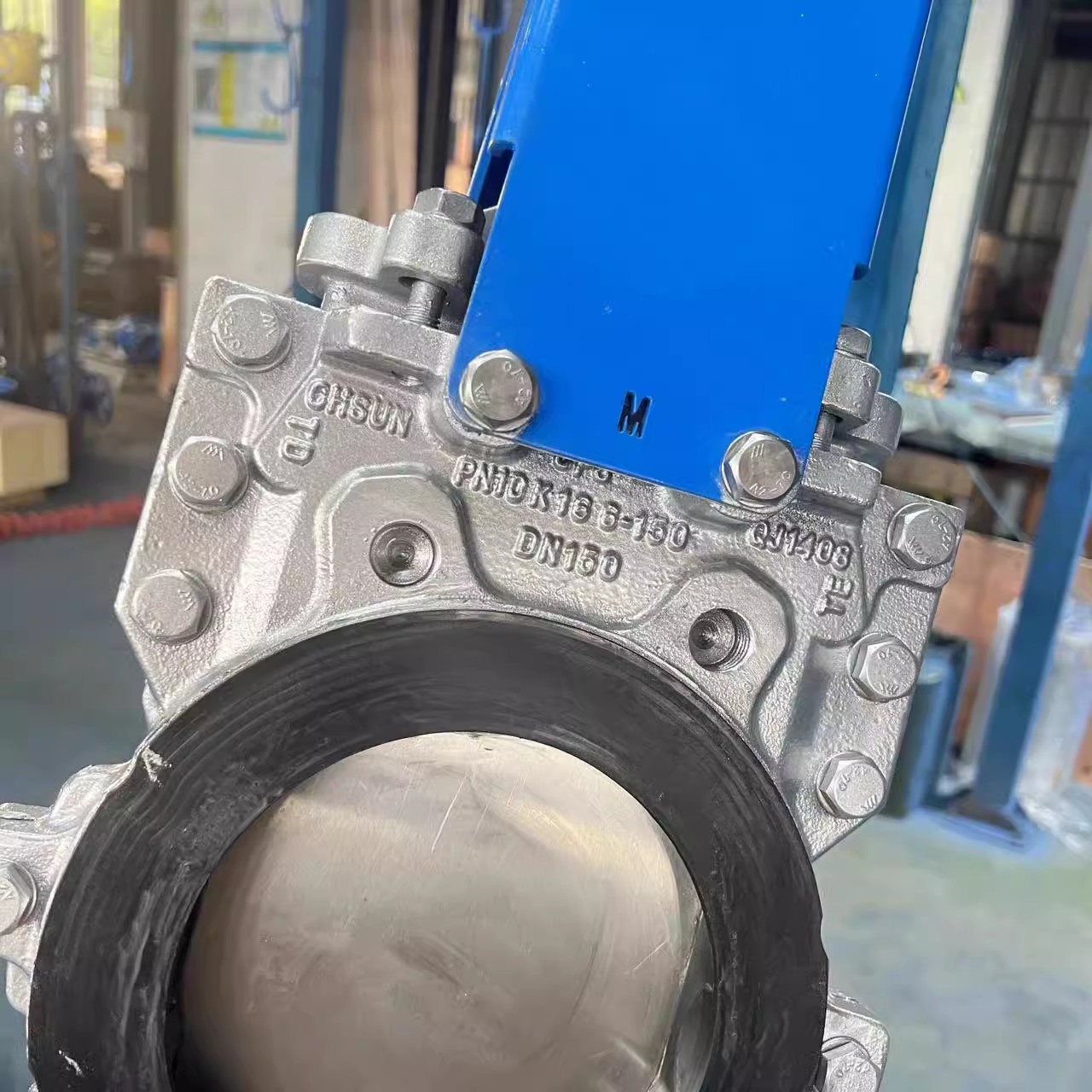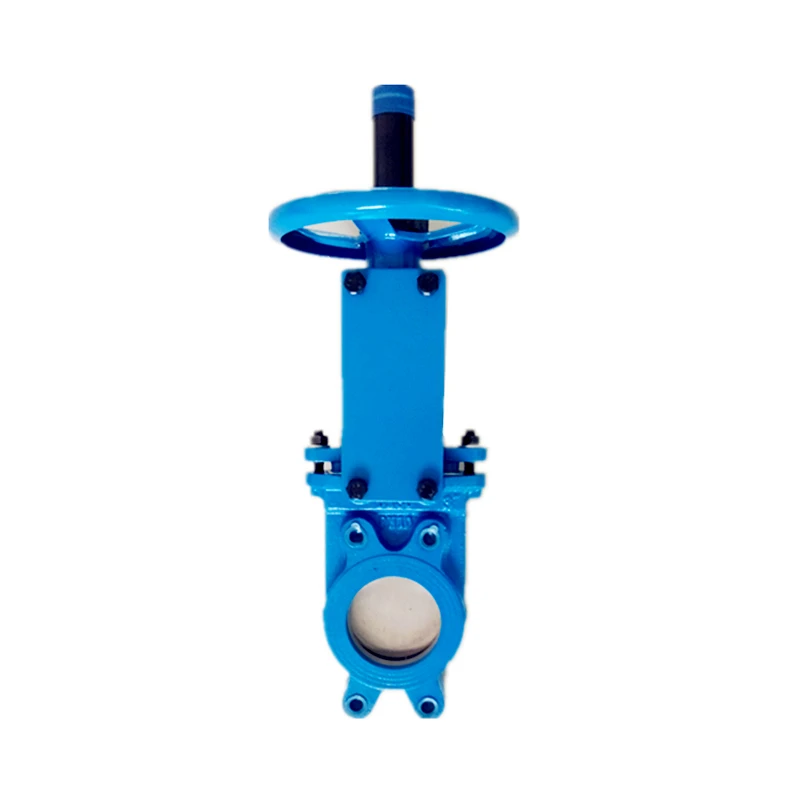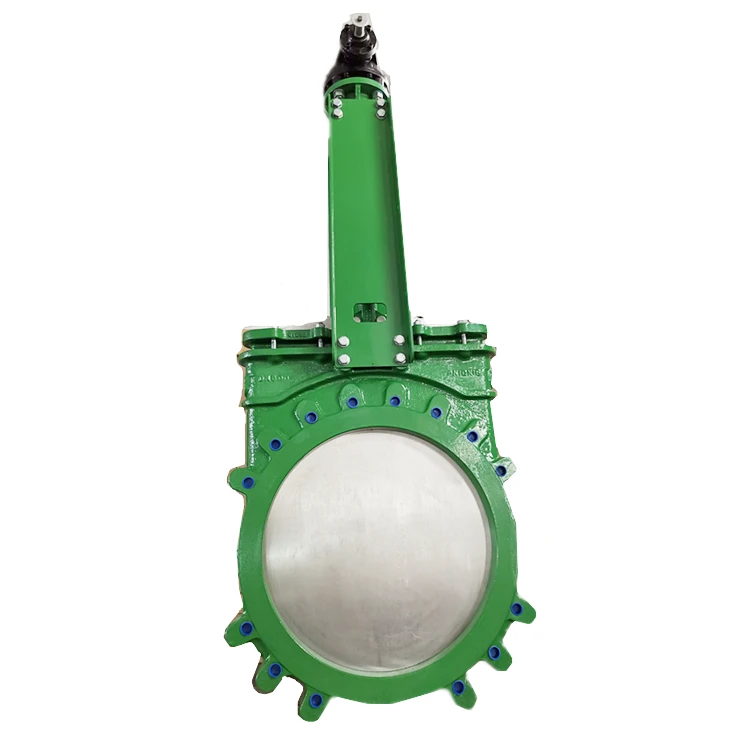Understanding Knife Gate Valve Design and Applications in Canada
Key Takeaways
Knife gate valves play a vital role in many industrial applications, providing efficient flow control and ensuring system integrity. These valves are particularly defined by their design, where a sharp-edged blade is used to cut through the medium, allowing for improved performance in applications with slurry or particulate-laden fluids. The engineering aspects focus on robustness and reliability, which are crucial for environments prone to wear and tear. Additionally, the design accommodates both manual and automated systems, providing flexibility in operation. Understanding these features helps operators make informed decisions about integrating knife gate valves into their systems. The assembly process emphasizes precision, as it directly influences the valve's operational lifespan and efficiency. By ensuring that each component meets strict engineering standards, companies can enhance system performance while reducing maintenance costs. The wide-ranging applications across sectors such as mining, water treatment, and manufacturing highlight their significance in promoting safety and operational effectiveness.
Understanding the Definition of Knife Gate Valves
A knife gate valve is a type of valve that is designed specifically for the isolation of flow in various industrial applications. Its distinguishing characteristic is a flat-bladed gate, which slides between two seats, providing an effective shut-off mechanism. Typically utilized in systems where slurry, liquid, or gas needs to be controlled, these valves are particularly adept at handling tough materials that can cause issues for traditional valves.
The design of a knife gate valve is straightforward yet robust, consisting of a body, a gate, and actuators that can be manual or automated. The operation is quite simple; the gate drops into the flow stream to either allow or prevent passage. This mechanism allows for minimal obstruction to flow when fully open and ensures an effective barrier when closed.
In addition to their functional properties, knife gate valves are often selected for their durability and ability to withstand abrasive and corrosive materials. They can be manufactured from various materials including carbon steel, stainless steel, and even polymer-based composites depending on the application requirements.
"The choice of material and design attributes in knife gate valves can significantly affect performance in demanding environments."
Their versatility makes knife gate valves suitable for use in multiple sectors including mining, wastewater management, and pulp & paper production. They are engineered to provide tight seals under pressure while being easy to maintain and operate, which enhances their reliability across various industrial settings. Understanding these fundamental aspects enables engineers and operators alike to make informed decisions regarding their use in specific applications throughout Canada and beyond.
Key Features of Knife Gate Valve Design
The knife gate valve is a specific type of valve designed for on-off control of flow, primarily in applications where the material being handled is either a slurry, solid waste, or any fluid that contains suspended particles. The unique design features of this valve include a thin, sharp-edged gate that slices through the media, facilitating a clean shut-off. This characteristic is essential in applications requiring minimal leakage and high purity.
The structure of knife gate valves often includes a robust body construction capable of withstanding substantial pressure differentials. Various materials may be used for manufacturing to enhance durability and corrosion resistance. Common choices include stainless steel and carbon steel, allowing these valves to perform reliably in demanding environments such as pulp and paper, water treatment, and mining industries.
Additionally, design aspects like the valve seat configuration play a vital role in enhancing performance. The seat may be made from elastomers or metallic seats to accommodate different operational requirements. This flexibility in design ensures that operators can customize the valve according to specific application needs.
A pivotal aspect of these valves is their simplified assembly and maintenance process. With fewer parts compared to traditional valves, knife gate valves offer easy access for repairs or replacements while minimizing downtime—a critical factor in many industrial processes.
These features collectively make the knife gate valve an excellent choice for applications requiring efficient flow control while handling challenging materials. Understanding these attributes aids industries in making informed decisions about their fluid management systems.
The Assembly Process of Knife Gate Valves
The assembly process of knife gate valves involves several critical steps that ensure their operational efficiency and reliability. Initially, the components such as the gate, body, bonnet, seals, and actuators are meticulously prepared. Proper alignment is essential, as it prevents leakage and ensures a tight seal during operation. Each component's specifications must adhere to industry standards, especially in regions like Canada where stringent regulations apply to fluid control systems.
Assembly begins with the positioning of the gate within the valve body, calibrated for smooth movement without obstruction. The seals are then installed to prevent leakage when the valve is closed. This stage requires precision to avoid future malfunctions. Once the seals are in place, the bonnet is attached securely, which houses components like manual or automated actuators that facilitate valve operation. Torque specifications for bolts used in tightening must be followed strictly to ensure durability under various operating pressures.
Quality control checks are vital throughout this process, confirming that each valve assembly meets predefined performance criteria. Post-assembly testing involves examining both manual and automated operation mechanisms to ensure seamless functionality under pressure conditions typically encountered in industrial applications.
In regions such as Canada, where environmental and safety standards are paramount, attention to detail during assembly cannot be overstated. Each knife gate valve undergoes rigorous testing before deployment in sectors including waste management, mining applications, and water treatment facilities. Such thorough practices not only maintain operational integrity but also enhance safety in critical operational scenarios.

Applications of Knife Gate Valves in Canadian Industries
Knife gate valves find widespread use across various sectors in Canada due to their robust design and effectiveness in handling diverse materials. The most prominent applications include wastewater management, pulp and paper manufacturing, and mining operations. In wastewater treatment facilities, knife gate valves provide reliable isolation and control for thick slurries, ensuring efficient flow management while minimizing downtime. Similarly, the pulp and paper industry utilizes these valves for their ability to withstand high pressures and abrasive materials, maintaining operational reliability during processing. In mining applications, knife gate valves are crucial for regulating the flow of slurries containing solids. Their design allows for quick replacement or maintenance without disrupting the system's functionality. The versatility of knife gate valves makes them invaluable in industries that demand durability and efficiency, catering to specific operational needs within the Canadian market. As engineering practices evolve, the importance of selecting the right valve type tailored to industry demands remains paramount for optimizing performance and safety.
Conclusion
The design and functionality of knife gate valves are pivotal to various industrial applications in Canada. Their unique construction allows for efficient flow control in systems where thick, viscous fluids or slurries are present. The knife gate valve assembly incorporates a blade that slices through the material, providing a tight seal and reducing the likelihood of clogging. Understanding the definition and engineering principles behind these valves is crucial for selecting the appropriate valve for specific applications. Industries such as wastewater treatment, pulp and paper, and mining have benefited significantly from the reliability and durability of this valve type. Furthermore, advancements in knife gate valve design ensure these valves continue to meet evolving industry standards and performance requirements. The successful integration of these components leads to enhanced operational efficiency and reduced maintenance costs, reinforcing their importance within industrial frameworks across Canada.
FAQs
What is a knife gate valve?
A knife gate valve is a type of valve used to control the flow of liquids or slurries. It features a sharp-edged gate that can slice through thick materials, making it particularly effective in handling demanding applications.
What are the primary applications of knife gate valves?
Knife gate valves are commonly utilized in industries such as mining, wastewater treatment, and pulp and paper processing. Their ability to handle abrasive materials and slurry flows makes them suitable for these environments.
How does the design of a knife gate valve impact its performance?
The design of a knife gate valve directly affects its sealing capability and flow efficiency. Features such as the thickness of the blade, body material, and choice of seal significantly influence its effectiveness in various applications.
What materials are commonly used in knife gate valve construction?
Knife gate valves are typically constructed from materials like ductile iron, stainless steel, or carbon steel, depending on their specific application requirements. These materials provide strength and resistance to corrosion.
How is the assembly process for knife gate valves conducted?
The assembly process involves several critical steps including aligning the gate, securing it within its frame, and attaching necessary components such as seals and actuators. Careful adherence to specifications is vital for optimal functionality.
Where can I find knife gate valves in Canada?
Canada hosts several suppliers that specialize in knife gate valves, offering various designs suited for different industrial needs. Researching local distributors or manufacturers can provide access to these essential components.
What features should be considered when selecting a knife gate valve?
Key features to consider include size specifications, material compatibility, pressure ratings, and intended application. Selecting the right combination ensures optimal performance within specific operational parameters.




